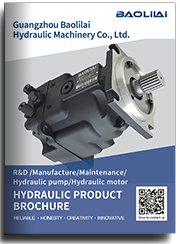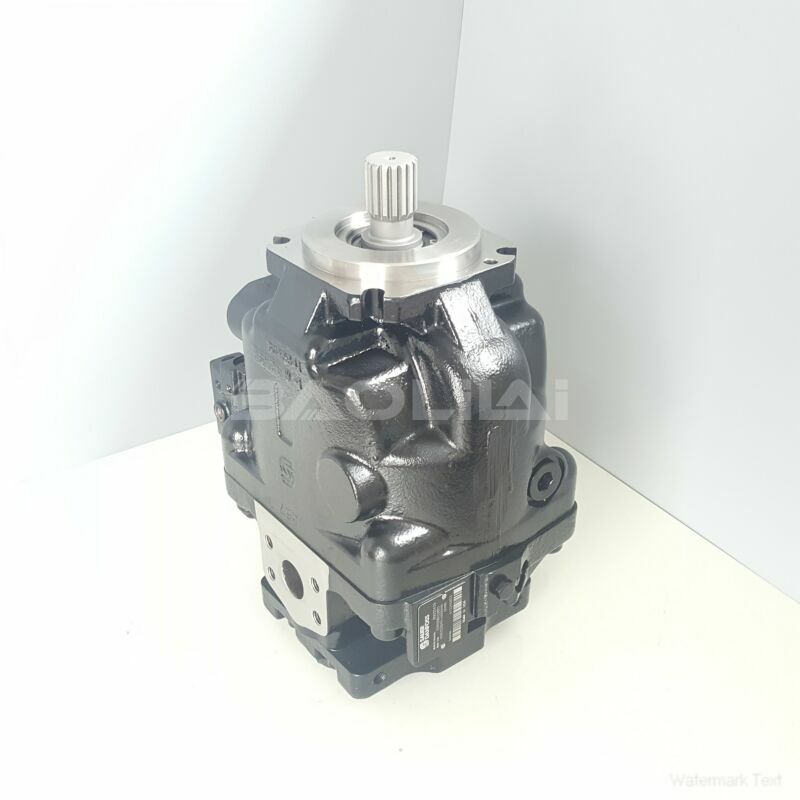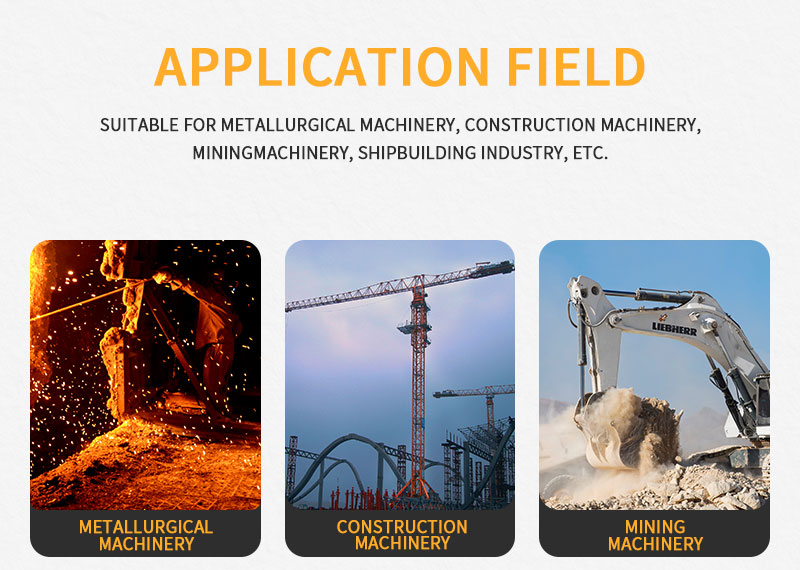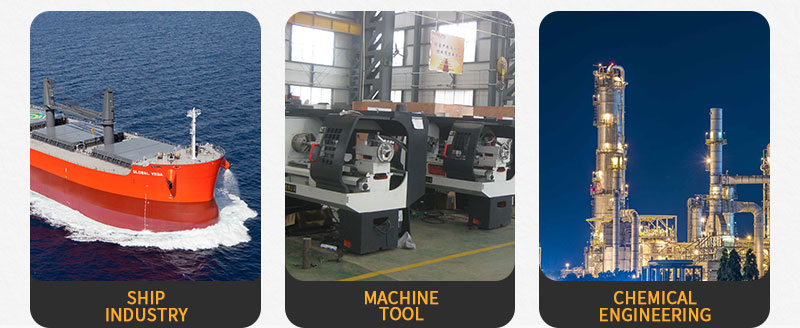ERR100BPC20NNNNN3K5NPA1NNNNNNNNNN sauer danfoss pump
ERR100BPC20NNNNN3K5NPA1NNNNNNNNNN sauer danfoss pump

- Product Details
- Applicable Scene
Check Fluid Levels and Quality: Ensure the fluid reservoir is full and inspect the fluid for signs of contamination such as discoloration or particulate matter.
ER-R-100B-PC-20-NN-NN-N-3-K5NP-A1N-NNN-NNN-NNN
ERR100BPC20NNNNN3K5NPA1NNNNNNNNNN
Inspect for Leaks: Look for fluid leaks around connections, seals, and fittings. Tighten loose fittings or replace damaged seals as necessary.

83066446
Test for Air in the System: Bleed air from the system if air entrapment is suspected. This can be done through bleed valves or by running the system intermittently to allow trapped air to escape.
Analyze Operating Conditions: Review operational data to check for overloads or changes in pressure. If the pump is operated outside its design parameters, consider adjusting the load or installing a pressure relief valve.
Listen for Unusual Noises: Pay attention to sounds coming from the pump. If there are abnormal noises, it may indicate internal damage or cavitation.
Measure Performance Parameters: Use flow meters and pressure gauges to check the performance of the pump. Compare readings with the pump specifications to identify deviations.
Examine Mechanical Components: Assess bearings, seals, and other internal components for wear or damage. Replace any compromised parts to restore function.
Consult Manufacturer Guidelines: Refer to the pump manufacturer’s manual for troubleshooting tips specific to the model in use. It may contain critical information on service intervals, fluid types, and operating conditions.
Preventive Measures
To reduce the likelihood of future hydraulic pump failures, implement preventive measures:
Regular Maintenance: Establish a routine maintenance schedule that includes fluid changes and component inspections.
Use Quality Fluid: Ensure that the hydraulic fluid used meets the specifications provided by the manufacturer.
Implement Filtration Systems: Upgrade system filtration to minimize contamination and extend the life of hydraulic components.
Train Personnel: Ensure that operators and maintenance staff are trained in proper hydraulic system operation and troubleshooting techniques.
Monitor System Performance: Utilize condition monitoring tools to track pump performance over time and identify potential issues before they lead to failure.
In conclusion, understanding how to troubleshoot hydraulic pump failures is crucial for maintaining efficient operations in large industrial applications. By recognizing symptoms, identifying causes, and following systematic troubleshooting steps, industrial facilities can minimize downtime, reduce repair costs, and enhance the longevity of hydraulic systems.





